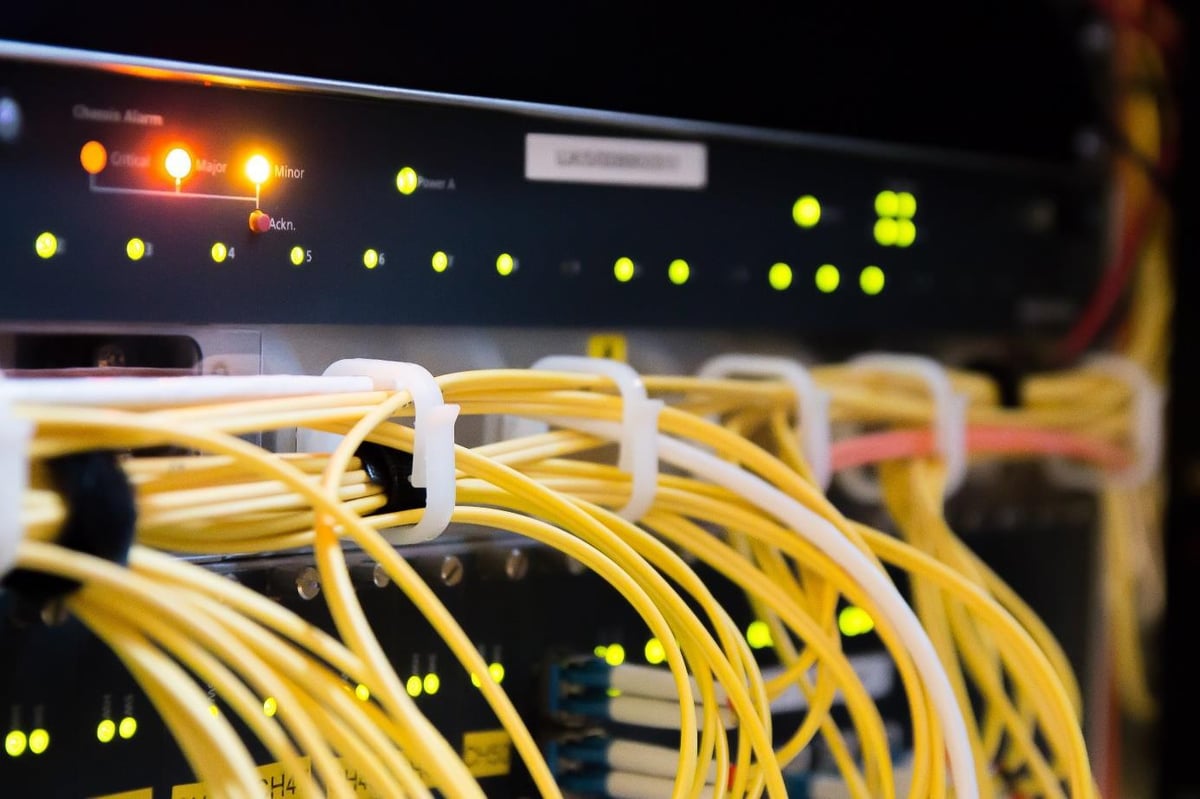POE Power Adapters
Power Over Ethernet: The Future of Network Device Powering
Power over Ethernet (PoE) technology has been gaining traction in recent years, with an increasing number of devices designed to be powered through Ethernet cables. PoE adapters and injectors have simplified and added flexibility to network device installations by eliminating the need for separate power supplies and outlets.
How PoE Works
PoE adapters and injectors transmit electrical power over Ethernet cables, which are typically used for data transmission. By using a PoE-enabled switch or injector, power is added to the Ethernet cable and can be utilized by PoE-enabled devices such as IP cameras, wireless access points, and VoIP phones.
There are two main types of PoE: PoE and PoE+. PoE provides up to 15.4 watts of power, while PoE+ offers up to 30 watts. PoE+ is typically used for devices that require more power, such as pan-tilt-zoom (PTZ) cameras and high-end wireless access points.
 Types of PoE Adapters and Injectors
Types of PoE Adapters and Injectors
PoE adapters and injectors come in various forms, including wall-mountable and rack mountable units. Some models are designed for indoor use only, while others are weatherproof and can be used outdoors. It is crucial to select the appropriate adapter or injector for the specific device and installation environment.
Advantages of PoE Technology
One of the primary benefits of using PoE adapters and injectors is the flexibility they provide in terms of device placement. Devices can be powered through Ethernet cables and do not need to be located near a power outlet. This makes it easier to install network devices in hard-to-reach areas or where power outlets are not readily available.
Another advantage of PoE technology is the potential cost savings. By eliminating the need for separate power supplies and outlets, installation costs can be reduced. Furthermore, PoE devices typically have greater energy efficiency than traditional devices, leading to lower operational costs.
The Future of PoE
As more devices are designed to be powered through Ethernet cables, the use of PoE adapters and injectors is likely to become even more widespread. The convenience and cost-effectiveness of PoE technology make it a compelling solution for powering network devices. With the continued growth of network-dependent technologies, PoE is poised to become an essential aspect of future installations.







